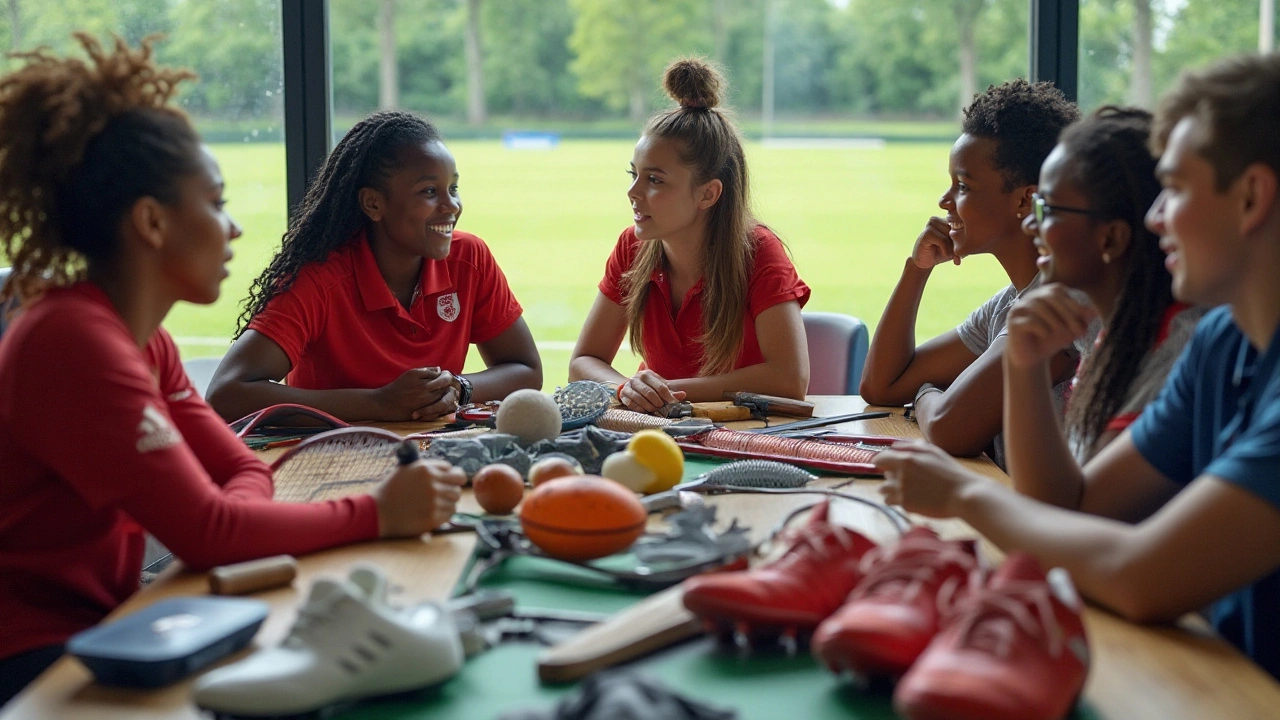
Equipment List: Simple Guides for Choosing and Caring for Your Sports Gear
When you’re into sports, the right gear can make the difference between a good session and a great one. Our equipment list brings together easy‑to‑follow advice on picking, using and looking after everything from running shoes to cycling helmets. No jargon, just clear steps you can start using today.
First things first – why does gear matter? Good equipment protects you from injury, boosts performance, and often feels more comfortable. Bad gear can slow you down, cause aches, or even force you to quit a session early. That’s why we’ve gathered tips that cover selection, fit, cost and upkeep in one place.
Choosing the Right Gear
Start by figuring out the sport you’ll be doing most often. A proper running shoe for a marathon runner is very different from a lightweight trainer for a casual jog. Look for articles on specific items, like our “Are Asics Good Running Shoes?” or “Best Cycling Routes” guides, which also talk about the gear needed for each activity.
Fit is the next big factor. For shoes, measure your foot at the end of the day and make sure there’s a thumb’s width of space at the front. For helmets, check that the chin strap sits snugly and the helmet doesn’t wiggle. Our post on “Running Shoes a Half Size Too Big” explains why even a small sizing mistake can hurt your performance.
If budget is tight, focus on the essentials first – shoes, a decent bag, and any safety gear like helmets or pads. Many of our reviews show which models give the best value, so you don’t waste money on features you’ll never use.
Keeping Your Equipment in Top Shape
Maintenance doesn’t have to be a chore. A quick wipe down after each use removes sweat and dirt that can break down materials. For shoes, use a soft brush and mild soap, then let them air dry – never put them in the dryer. Our “Sports Equipment Maintenance” article walks you through cleaning steps for everything from tennis rackets to soccer cleats.
Storage matters too. Keep gear in a dry, cool place away from direct sunlight. Using breathable bags for shoes and hanging helmets on hooks helps them keep their shape. If you travel with gear, pack items in a sturdy suitcase and use the “Can You Take Sports Equipment on a Plane?” guide to avoid surprises at the airport.
Regular checks can spot wear early. Look for cracks in bike frames, worn tread on shoes, or frayed straps on backpacks. Replacing small parts before they fail saves you time and money in the long run.
Finally, don’t forget to revisit our equipment list posts whenever you pick up a new sport or gear. Each article offers practical tips you can apply right away, whether you’re buying your first pair of hiking boots or learning how to clean a tennis racket.
Ready to upgrade your game? Browse the posts below, pick the guide that matches your sport, and start getting the most out of your equipment today.
